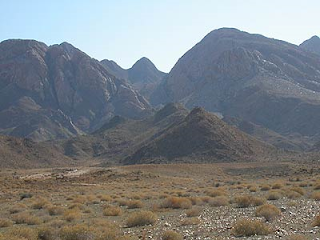"Dandelion" pencil sketch and watercolour - Maree©
We have clumps of the weed Dandelion growing all over our smallholding and it is absolutely fascinating watching the tiny, fine, little white hairy tufts floating off in the wind, to settle somewhere and somehow penetrate the hard ground to bring forth new life. The tiny yellow flowers are a joy, and many insects, including bees and butterflies, seem to enjoy them immensely. And the flowers last a really long time in a tiny vase.
Other names
Taraxacum, foreign dandelion, wild endive, piss-a-bed, lion's tale or tooth as well as pu gong ying.
Description of the herb dandelion
Dandelion is a perennial with a thick tap root. The saw-toothed leaves form a rosette at the base of the plant. Solitary, bright yellow flowers appear from spring to autumn. Ribbed fruits bearing tufts of fine, white hairs follow flowers. Dandelion is well known as a garden weed.
Parts used
The whole plant is used in herbal preparations - the leaves, roots and flowers.
How It Is Used
The leaves and roots of the dandelion, or the whole plant, are used fresh or dried in teas, capsules, or extracts. Dandelion leaves are used in salads or as a cooked green, and the flowers are used to make wine.
Properties
Dandelion is a bitter-sweet, cooling herb that has diuretic, laxative effects. It also stimulates liver function, improves digestion and reduces swelling and inflammation.
It contains sesquiterpene lactones (tetrahydroridentin B and taraxacolide B-D-glucoside), phenolic acid derivative (taraxacoside), triterpenoids (taraxasterol and its derivatives), potassium and insulin.
Safety precautions and warnings
None
Internal use
Dandelion is used internally for gall bladder and urinary disorders, jaundice, cirrhosis of the liver, dyspepsia and constipation, oedema associated with high blood pressure and heart weakness.
The bitter substance in the herb also stimulates digestion.
In Chinese medicine it is used for lung and breast tumours, abscesses as well as hepatitis.
The high content of insulin makes it useful for people with diabetes.
External use
Chronic joint and skin complaints including acne, eczema, psoriasis. It is used in facial steam, as well as face packs. Folklore recommends dandelion poultices for snakebite.
The young leaves may also be boiled as a vegetable, spinach fashion, thoroughly drained, sprinkled with pepper and salt, moistened with soup or butter and served very hot. If considered a little too bitter, use half spinach, but the Dandelion must be partly cooked first in this case, as it takes longer than spinach. As a variation, some grated nutmeg or garlic, a teaspoonful of chopped onion or grated lemon peel can be added to the greens when they are cooked. A simple vegetable soup may also be made with Dandelions.
::








